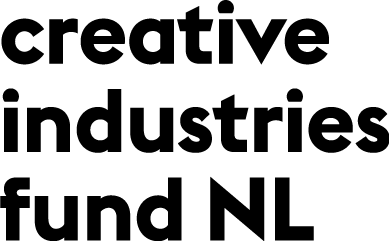About
the short story
The Sense/Stage project was a research-creation project between Concordia University and McGill University in Montreal, Canada between 2007 and 2010. During this project the Sense/Stage hardware and software was first developed, and used & tested in a variety of artistic projects and workshops.
Since 2010 Marije Baalman has been maintaining and further developing the project, including making the Sense/Stage MiniBees available through a webshop.
In 2016 a subsidy was obtained from the Creative Industry Fund NL to start developing a successor to the Sense/Stage MiniBee. This project is called Sense the Next Stage. The startup trajectory will run from October 2016 to April 2017.
the long story
Sense/Stage was initially a research-creation project to develop small, low cost and low power wireless sensor hardware together with software infrastructure specifically for use in live theater, dance and music performance as well as for the design of interactive, real-time environments involving distributed, heterogeneous sensing modalities.
The project emerged from a desire to address a novel, emerging research field: distributed, wireless sensing networks for real-time composition using many forms of output media including sound, video, lighting, mechatronic and actuation devices and similar. The design of interactive environments using diverse output media increasingly involves the mapping of many channels of real-time sensor data to control the temporal behavior of such media. Standard mapping techniques with sensors that have been derived from the ”instrument building” paradigm usually address only small numbers of sensors or participants and may not scale well to larger spaces. Systems involving large numbers of sensors and participants are rare, custom-designed, and expensive. Furthermore, while wireless sensors and wireless sensor networks (WSNs) are being increasingly deployed daily in areas such as health care, defense, seismology and home security, there are scant examples of such technologies in artistic projects simply due to the lack of available hardware/software infrastructure for artists to use.
Most work in sensor networks has been in areas of applied technology development without artistic aims or is restricted to lab settings. Based on these factors, Sense/Stage has developed a fully integrated hardware and software infrastructure that is intuitive to use by artists and designers, is scaleable to many nodes and performs data acquisition, transmission, conditioning, sharing and compositional tasks all within the same system.
Currently, the Sense/Stage hardware is available for sale, and the software is available as open source software and free of charge. Since 2011, various artists have incorporated the technology in their projects, finding it an easy to use and robust system for wireless sensing.
And now in 2016, it is time for the next stage… the development of a successor to the Sense/Stage MiniBee.
Supported by:

